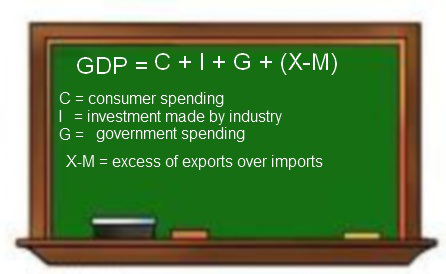Real Estate Investment Trusts – REITs
Real Estate Investment Trusts are corporations, trusts or associations that act as agencies in real estate and associated mortgages. This is a specialized tax segment and it requires recognition by the Internal Revenue Service to operate as a Real Estate Investment Trust (REIT). In general, the REIT pays little to no income taxes and acts very similar to a pass-through entity for tax purposes. All REITs must comply with Code Section 856 which addresses compliance for this privileged tax advantage. Typically, REITs file Form 1120-REIT for tax purposes.
A secondary advantage for REIT status is the ability to raise capital via syndication. Section 856(a) and (b) require a minimum of 100 shareholders or owners of interest in the business entity. This allows for a more advantageous management situation by having a more formal elected board of trustees or directors. In addition, it allows for greater ease of transfer of ownership with the respective investors.
To fully appreciate the Real Estate Investment Trust, you should become acquainted with the history behind REITs. From there, there are unique advantages associated with REITs and an investment in one. As with all business situations, there are some disadvantages and you should be aware of them. The following sections cover these three topics and I’ll finish off with my own conclusion.
Real Estate Investment Trusts – REITs Read More »









